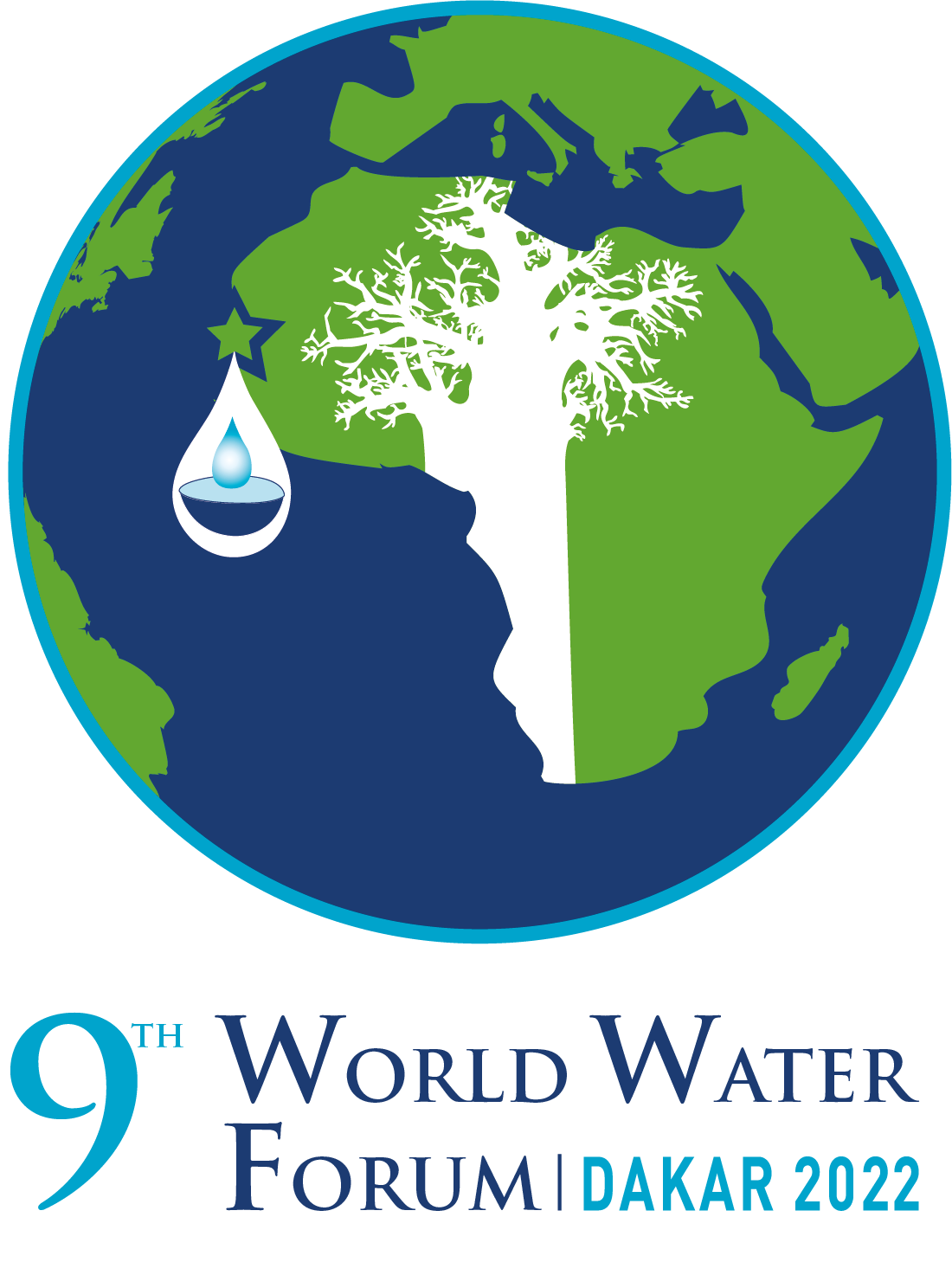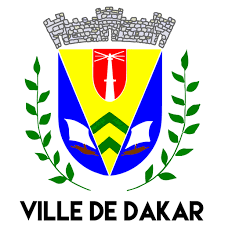Monitoring and management of cyanobacterial blooms in African water bodies
Cyanobacteria blooms resulting from the degradation of water quality (eutrophication) in lakes and reservoirs constitute a danger to human health and impact multiple water uses, including drinking water production. In northern countries, which have been confronted with these proliferations for more than 40 years, monitoring of these microorganisms has been set up and actions have been undertaken to (i) limit the dangers for human populations and (ii) fight against these phenomena. In sub-Saharan Africa, this issue is still largely ignored by managers and users of water bodies.




